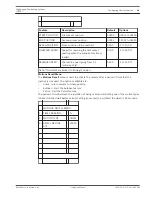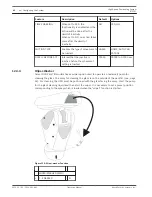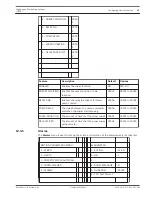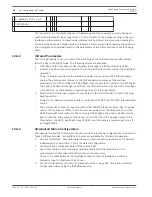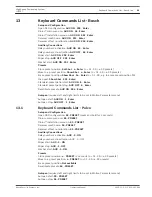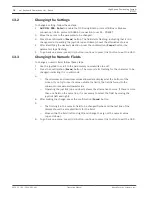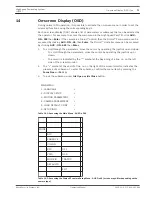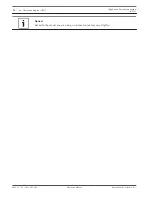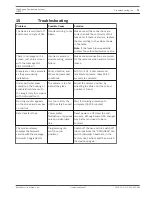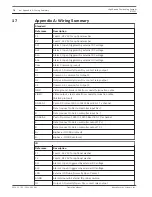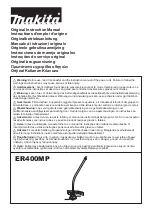
8 - AREA 8 + 0.00 + 0.00
TEST MASK 1
The “windows” are the thresholds used to determine that the saved pre-position has been
reached.The threshold values range from 3 to 10 and refer to the voltage reading on the lens
feedback potentiometers. A lower value indicates less hysteresis tolerance when reading the
stored positions, while a higher value will indicate a wider margin when reading the positions.
The configuration should be based on the parameters of the motorized lens zoom lens being
used.
Infrared Parameters
The IR probe feature is used to control the switching of the IR illuminators and the camera
from the Day to the Night mode. The following modes are available:
1.
OFF: None of the operative modes designed to manage the IR illuminators is active.
2.
Internal: The photo-sensor internal to the IR illuminators is used to control the Day/Night
operation.
–
Power is always provided to the illuminator power inputs by the HSPS internal power
source.The photo-sensor internal to the IR illuminators operates as follows: Day:
Illuminators are OFF and the HSPS Day/Night relay contact to the camera is OPEN. Night:
The photo-cell detects low light conditions, the illuminators turn ON, the HSPS Day/Night
relay CLOSES, and the camera programming forces it into Night Mode.
4
External: An external photo-sensor is connected to the LNO terminal to control the Day/
Night operation.
–
Power to the illuminator power inputs is controlled (ON/OFF) by the HSPS internal power
source.
–
The external photo-sensor is used to control the ON/OFF state as follows: Day: The relay
output of the sensor is OPEN, the HSPS removes power from the Illuminators, and the
HSPS Day/Night relay contact to the camera is OPEN. Night: The photo-cell detects low
light conditions, relay output of the sensor is CLOSED, the HSPS applies power to the
illuminators, the HSPS Day/Night relay CLOSES, and the camera programming forces it
into Night Mode.
Illuminator/Dinion Configuration
The illuminators and the Dinion camera both require the following configurations to operate in
these 2 different modes. Two additional choices are available for this type of operation:
1.
No Synchronization - both illuminators have an internal photo-cell and are set to operate
independently of each other. This is the default configuration.
2.
Synchronization (Optional Cable P/N UFLED-CL-1M)
–
Use of this cable and the following adjustments will allow the illuminators to be
synchronized so that they will both activate at the same time.
–
Connect the cable between the Day/Night output contact of illuminator 1 and the
Telemetry input of illuminator 2 as shown.
4
Set the trip threshold of the two (2) illuminators (see , page 66). This is the preferred
configuration when using the INTERNAL sensors.
12.4.2
12.4.3
66
en | Configuring the System
High-Speed Positioning System
(HSPS)
2013.11 | 5.2 | F.01U.291.981
Operation Manual
Bosch Security Systems, Inc.
Summary of Contents for UPH Series
Page 1: ...High Speed Positioning System HSPS UPH Series ...
Page 2: ...en Operation Manual ...
Page 80: ......
Page 81: ......










